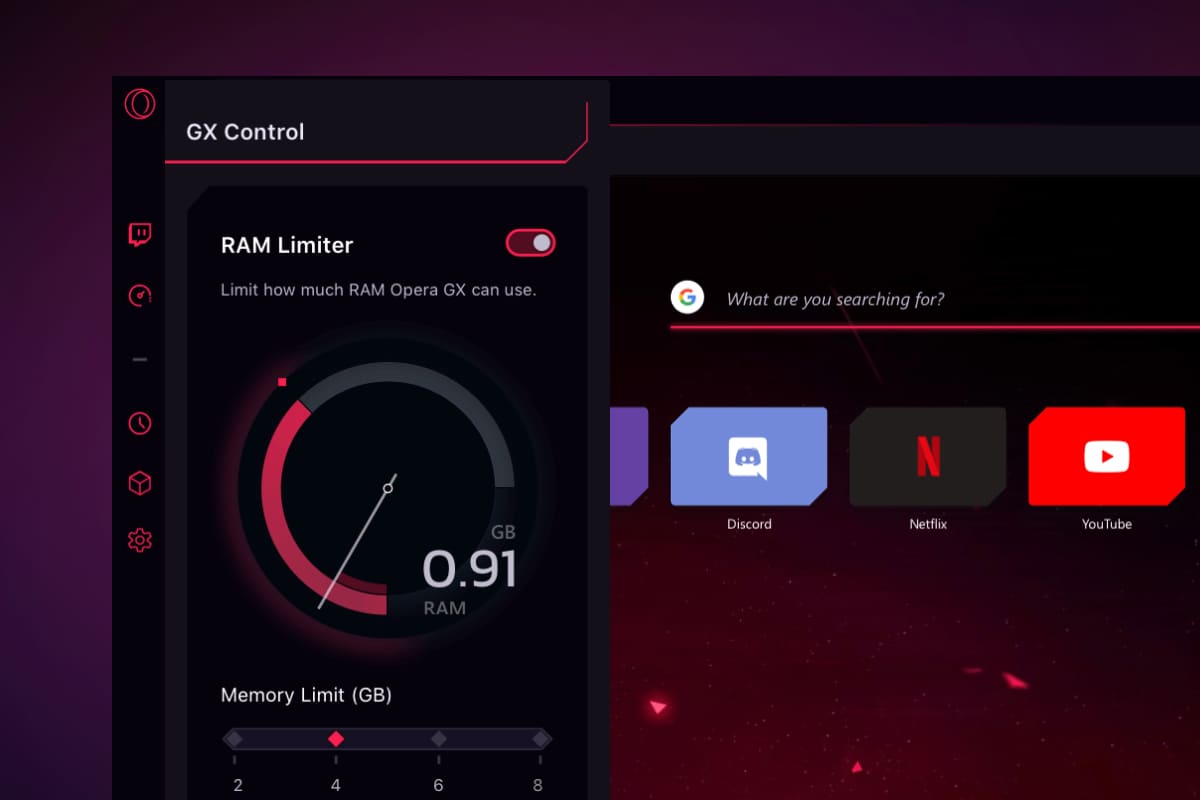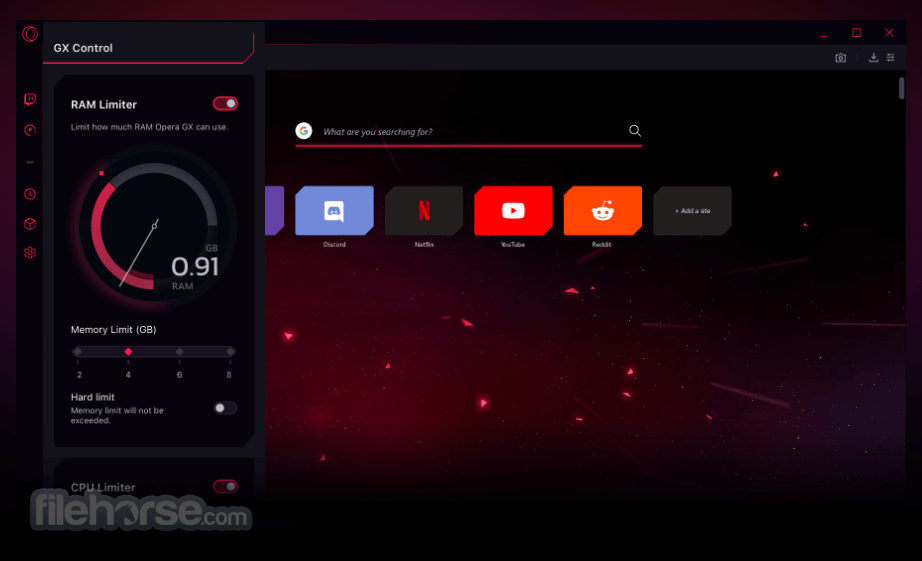

using the -pd command-line flag to tell Opera where to store its profile data:Īlthough Opera is cross-platform, it can be made to integrate very well into various Linux desktop environments.using Profile-sync-daemon, that automatically detects and relocates the Opera profile to tmpfs.There are currently two ways of doing this: Another benefit is a reduction in disk read and write operations, of which SSDs benefit the most. Relocate the browser profile to a tmpfs filesystem, including /tmp for improvements in application response as the entire profile is now stored in RAM.

To more easily find these options just write the respective path (without spaces) in the address bar, for example opera:config#UserPrefs|ShowTrayIcon or use the built-in search.



 0 kommentar(er)
0 kommentar(er)
